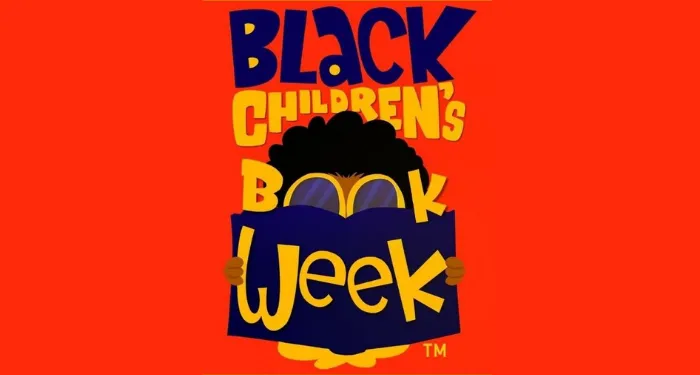
February 27-March 5 will be the first celebration of Black Children’s Book Week, which extends Black History Month into March.
Black Children’s Book Week is a global celebration of Black children and the people who ensure Black children are represented in books and other children’s media. While the week is administered by Black Baby Books, events are hosted by both the Black Children’s Book Week Committee, and celebrants throughout the world!
Read Across America Day is also during the first week of March, so look for that week to be a huge celebration of children reading! To get you started, here’s a short list of some really cool scary books to share with kids next week, or really any time!
Amari and the Night Brothers by B.B. Alston (Bookshop.org)
Thirteen-year-old Amari Peters, on a mission to find her missing older brother, mysteriously receives a scholarship to the training camp for the Bureau of Supernatural Affairs, which has the mission of keeping supernatural creatures secret while also protecting humans. Amari navigates both the supernatural and social obstacles she encounters with her street-smarts, resourcefulness, and resilience. Read the full review here.
The Forgotten Girl by India Hill Brown (Bookshop.org)
India Hill Brown joins Mary Downing Hahn as a true storyteller of the middle-grade ghost tale. Iris discovers an abandoned cemetery in a wooded area near her neighborhood. Soon she is having nightmares and is drawn back to the cemetery by the ghost of Avery Moore, a girl buried there. She and her friend Daniel discover it is a Black cemetery, dating back to when Black and white people were segregated even after death. Although they bring it to their town’s attention successfully, Avery won’t be satisfied until she has Iris as a “forever friend”. While there are many similarities to Hahn’s Wait Till Helen Comes, Brown takes the story to a new and more complex level that deals with racism, segregation, and student activism among the scares.
The Dark-Thirty: Southern Tales of the Supernatural by Patricia McKissack, illustrated by Brian Pinkney. (Bookshop.org)
These stories have the eerie feeling of truth to them, possibly because of McKissack’s introduction, where she describes listening to the stories the adults around her told when she was a child. This is a Caldecott Award winner, and also a Coretta Scott King award winner, but beyond that, it’s just really good storytelling, made even better by the dramatic illustrations. This is one of the books that you really need to hold in your hands and see the artwork complementing the story across a double page spread, to truly appreciate. Don’t let the award for children’s book illustration fool you: this book is often used with and appreciated by middle school aged kids and older.
Everyone talks about how seminal Scary Stories to Tell in the Dark is, but The Dark-Thirty is just as essential.
Root Magic by Eden Royce (Bookshop.org)
After Jezzie’s grandmother, a root worker, dies, her grandfather decides to teach her the basics of root magic, for purposes of protection, and she starts to develop supernatural powers. Her “witchiness” is causing her problems at school, though, and a racist police officer who knows her family are root workers is harassing them. Root Magic takes place around the time of the Kennedy assassination, during the time of Jim Crow. Eden Royce has written an excellent Southern Gothic novel with vivid description and plenty of scares about the traditions of the little-known Gullah-Geechee people. Read our full review here.
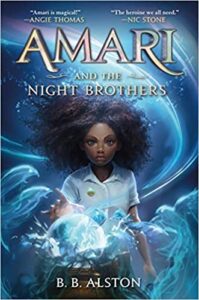
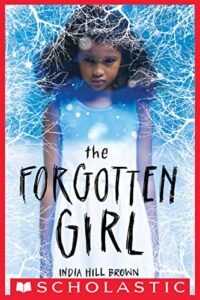

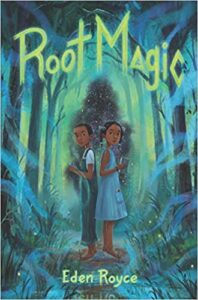
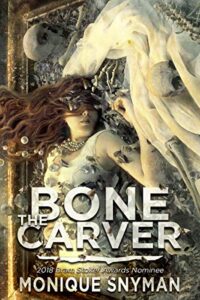
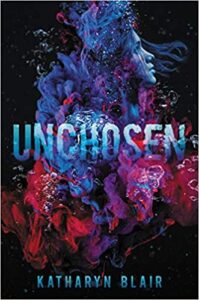




Follow Us!